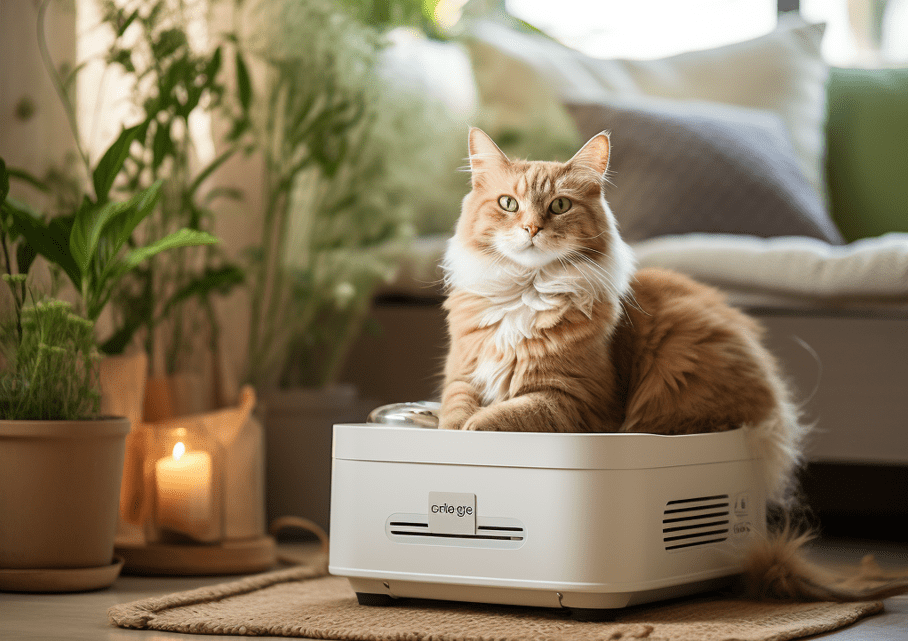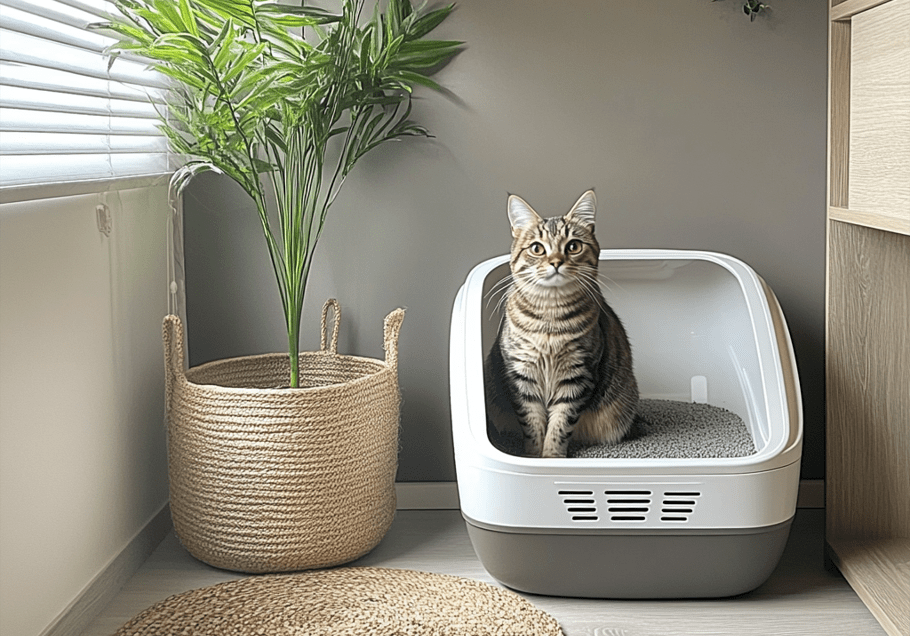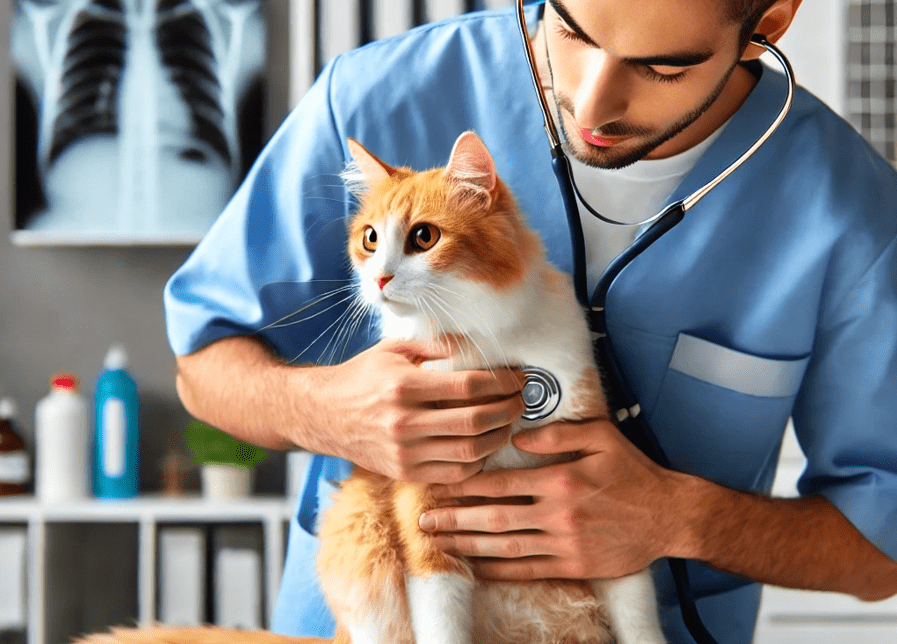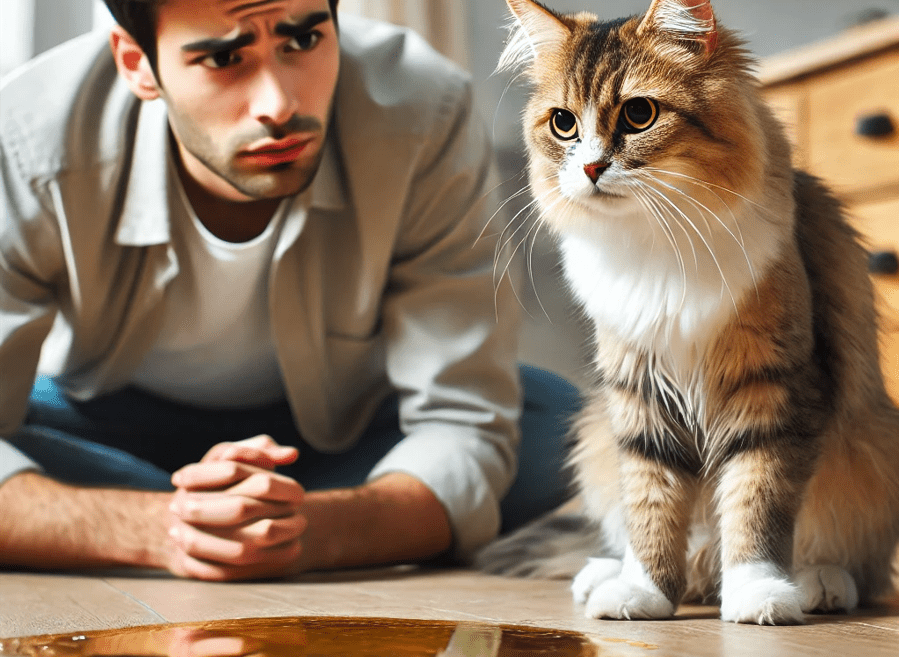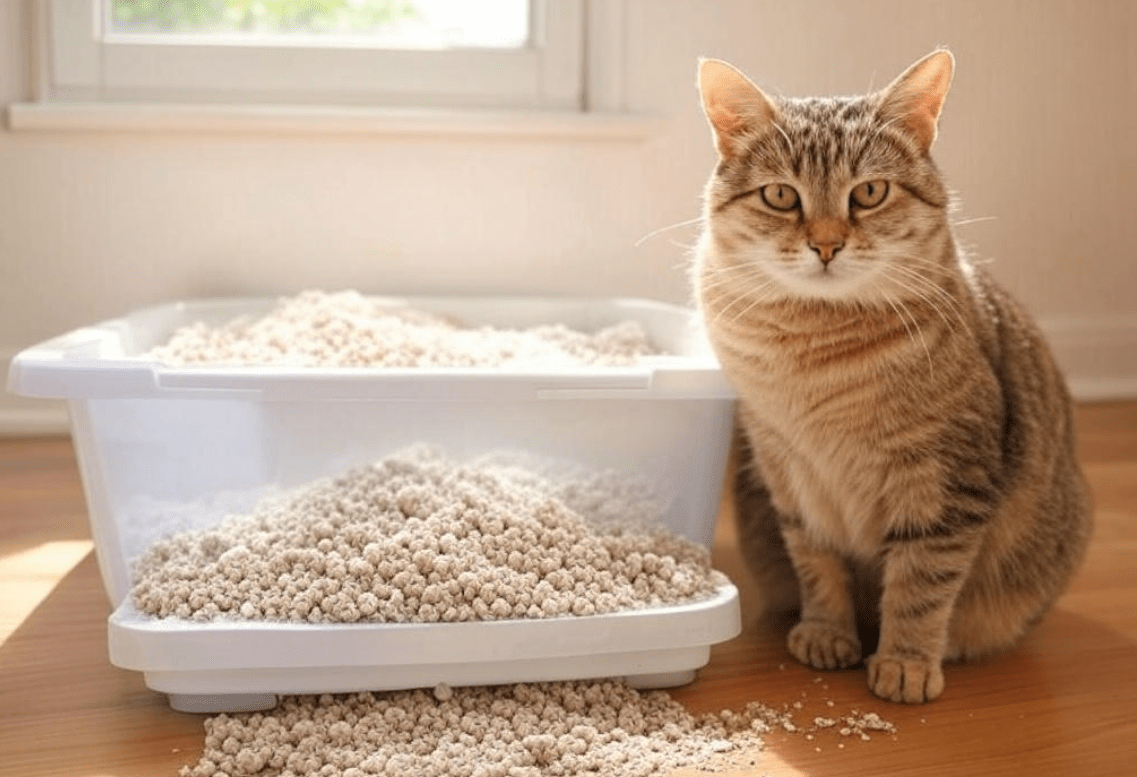
When it comes to keeping your home fresh and your cat happy, one question that arises often is: How often should you change cat litter? Whether you’re a seasoned cat owner or a first-time feline friend, understanding the right time to replace the litter can make a big difference in terms of odor control, hygiene, and your cat’s comfort. Your pet depends on cat litter maintenance to keep their space clean yet owners find it hard to determine when to replace it.
This text explains how to handle cat litter better plus gives clear answers to essential questions about cat litter. We will explain how cat health status plus the number of cats and type of litter affect litterbox replacement schedule. Join us now to learn effective ways of keeping your cat’s litter area fresh and ready for use.
The Importance of a Clean Litter Box
Understanding why cleanliness is important forms the foundation for determining proper basic litter change practices. A sanitary litter box keeps your cat healthy in all aspects. Cats naturally appreciate a neat space where they can take care of their bodily functions. When your cat finds the litter box unclean they will shift their bathroom habits which leads to house soiling.
Bacteria buildup and excessive ammonia in an unclean litter box may lead to urinary tract infections for cats. Parasite and infection risks grow which threaten your cat’s health while creating possible health problems for you both. Creating a sanitary environment is vital to keep your cat content and prevent any unwanted stress for you.
Understanding the Types of Cat Litter
The brand and kind of cat litter determine how often you must refresh it. People can choose from many types of cat litter with special distinctions. People typically choose from these main cat litter options:
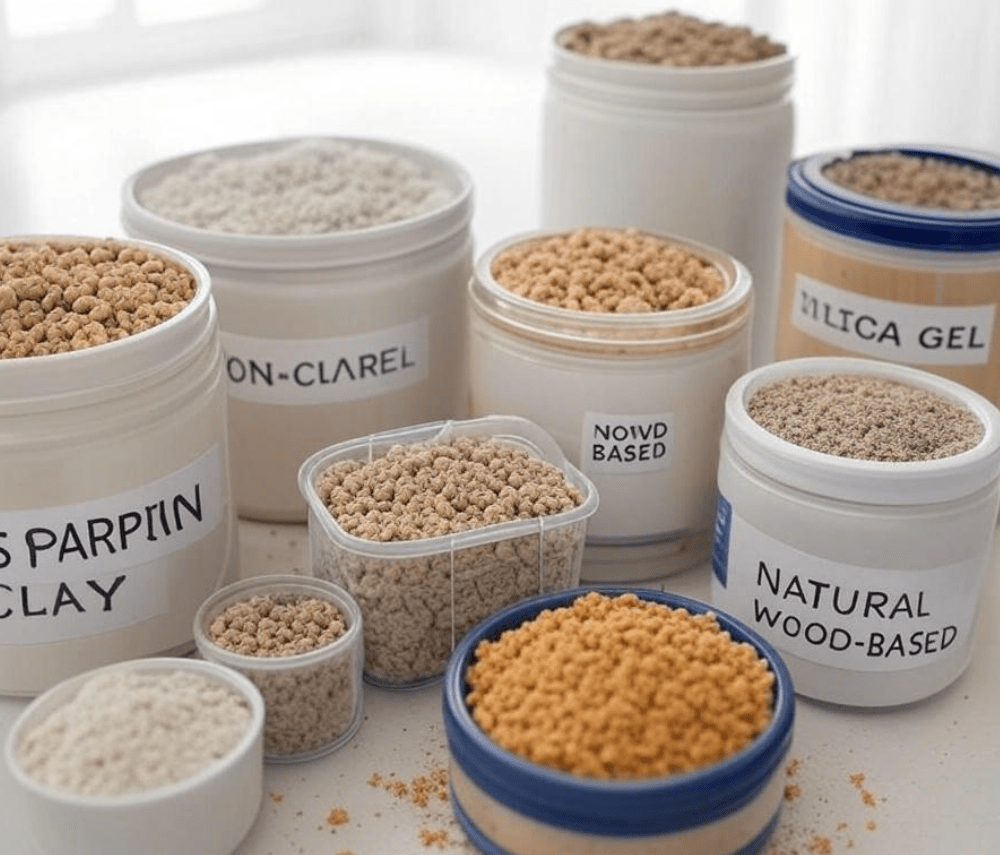
Clumping Clay Litter: Clumping Clay Litter is the dominant choice among pet litter products. The litter can be easily picked without mess as it stays solid when wet. The solid waste clumps aid odour control but you still need to switch the entire litter at routine intervals.
Non-Clumping Clay Litter: The non-clumping clay litter picks up wetness without turning into lumps. You must take out used litter more frequently as this variety does not control odour as well as clumping types.
Silica Gel Litter: Refined sand particles (silica gel) in litter absorb moisture and smell while staying dry between uses. Regular cleaning of the litter box is necessary even though the non-clumping litter can survive longer than its clumping counterpart.
Natural Litter: Users can choose from wood-based environmentally conscious solutions when they use natural litter. The material releases less irritation to cats who have sensitive footpads. Silica gel needs to be changed more often than other materials no matter what type you use.
When Should You Replace Your Cats Litter Box
People most want to know when they need to replace their cats’ litter box. Various conditions such as litter type and the number of cats influence how often you must change cat litter while your cat’s bodily status and daily actions also affect the result. Let’s break it down:
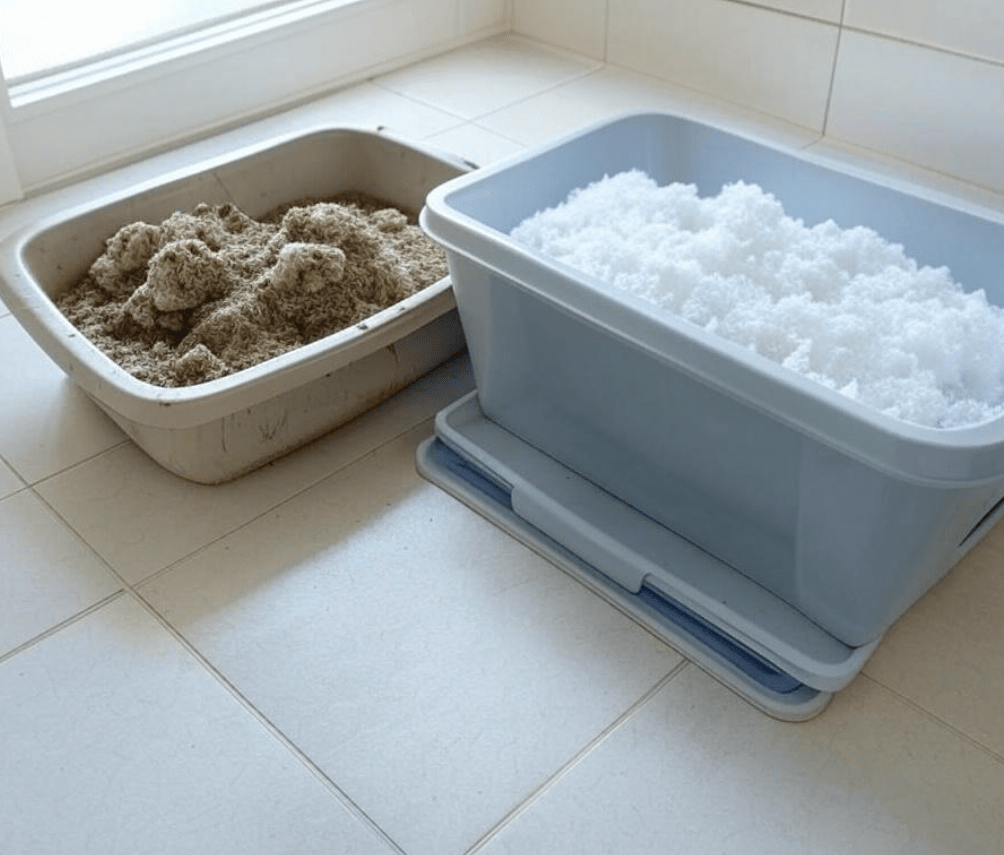
Clumping Litter
Clumping litter stays simpler to handle since you can quickly remove stuck urine and poop every day. After removing clumped litter you need completely replace the entire litter box to keep your cat environment clean and odour-free. You should replace a complete litter box of regular material once a month. You need to replace the litter more often with several cats in your household.
Having two cats would require you to replace the litter every three weeks instead of four as a proper schedule. When the litter shows signs of odour above regular cleaning it is clear that you need to change it.
Non-Clumping Litter
Since non-clumping litter fails to trap moisture and scents properly you need to empty the entire container more frequently than with clumping litter. The amount of litter replacement for this type depends on how many cats use the box and their usage habits, though it should last 1–2 weeks.
Silica Gel Litter
Silica gel litter displays excellent capability to absorb moisture and hold odour control for a prolonged period. This type of litter lasts considerably longer than other varieties such as clumping or non-clumping litter. You need to replace this litter brand not more than once each month. Cheque the state of the litter regularly as part of routine monitoring. When silica gel litter appears wet or gives a foul odour it needs to be replaced. Follow the replacement suggestions on silica gel litter bag packs to ensure proper litter maintenance.
Natural Litter
The frequency of natural litter changes depends entirely on what material you choose. The life span of wood-based litter before replacement stands at 2 to 3 weeks but corn-based litter persists longer. Follow product instruction labels about changing intervals and adjust your schedule according to the actual use of your litter.
Signs That It’s Time to Change the Cat Litter
Your cat’s litterbox demands renewal based on two different indicators: time intervals and visible signs.

Odor: A noticeable odour coming from the litter box shows that the litter has lost its absorption strength and needs to be replaced. When the litter stops trapping
Visual Clumping Failure: Persistent odours mean the cat litter has stopped absorbing liquid because bacteria builds up in the soiled litter.
Your Cat Avoiding the Box: The litter needs replacement when you see poor clumping formation and reduced water absorption. Your cat may reject the box because the litter becomes too filthy or unpleasant for its liking. Cats stop using their box when it becomes insufficiently cleaned which proves their strong preferences for clean areas to do their business.
Change in Texture or Color: The litter material will change how it feels and looks because of prolonged soaking. The litter must be replaced because you can see it has stopped working effectively.
How to Maintain a Cleaner Litter Box Between Changes
Following this advice helps you maintain a clean and odorless litter box until the next change.
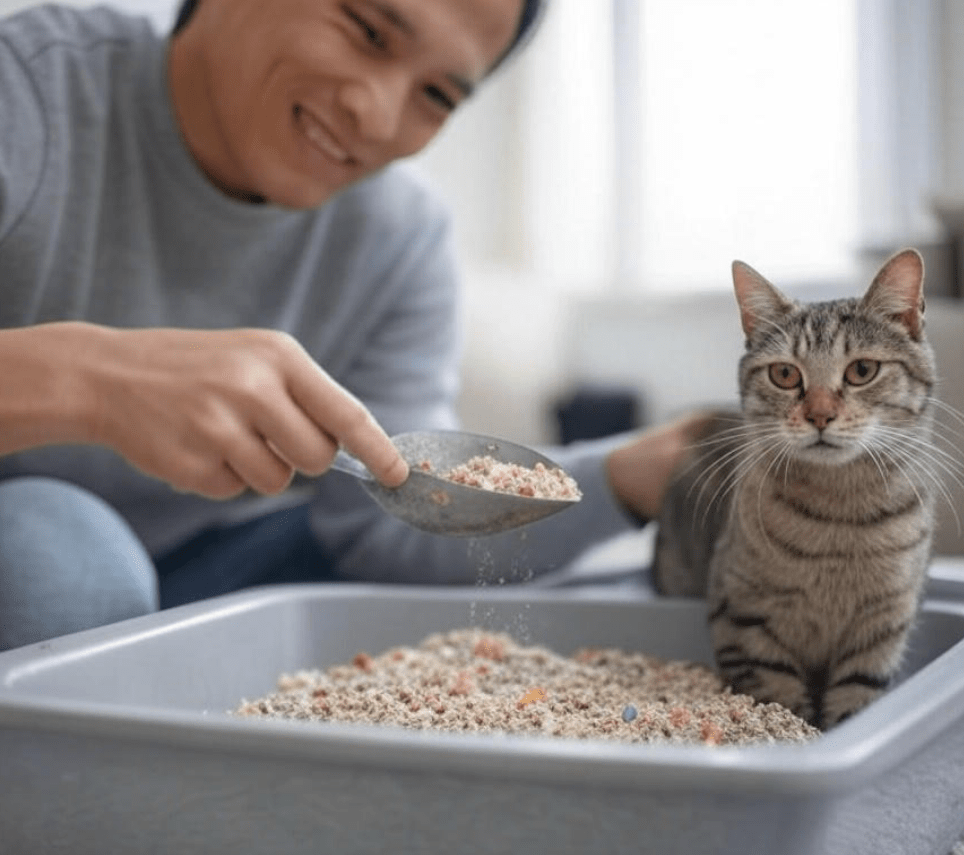
Scoop Daily
Empty the cat litter box at least twice a day to take out waste before it causes odour problems. The process removes waste and stops foul smells from developing in the box.
Add Fresh Litter
Before emptying the box put fresh litter in to match or exceed the existing layer for proper moisture control. Verifying your system needs attention especially when using non-clumping litter because it cakes up after repeated use.
Deep Clean the Litter Box Regularly
Periodically empty and clean the entire litter box every two or three weeks. Clean the box by removing litter waste then wash and dry it with soap and warm water before adding new litter. The practice reduces bacteria growth and extends the life of the litter box by making it smell better.
Pick the Appropriate Sized Litter Box
Your cat needs a proper-sized litter box to move away from waste and create a neat space. Select a spacious litter box for your cat to move in and out of easily while concealing their waste.
Conclusion
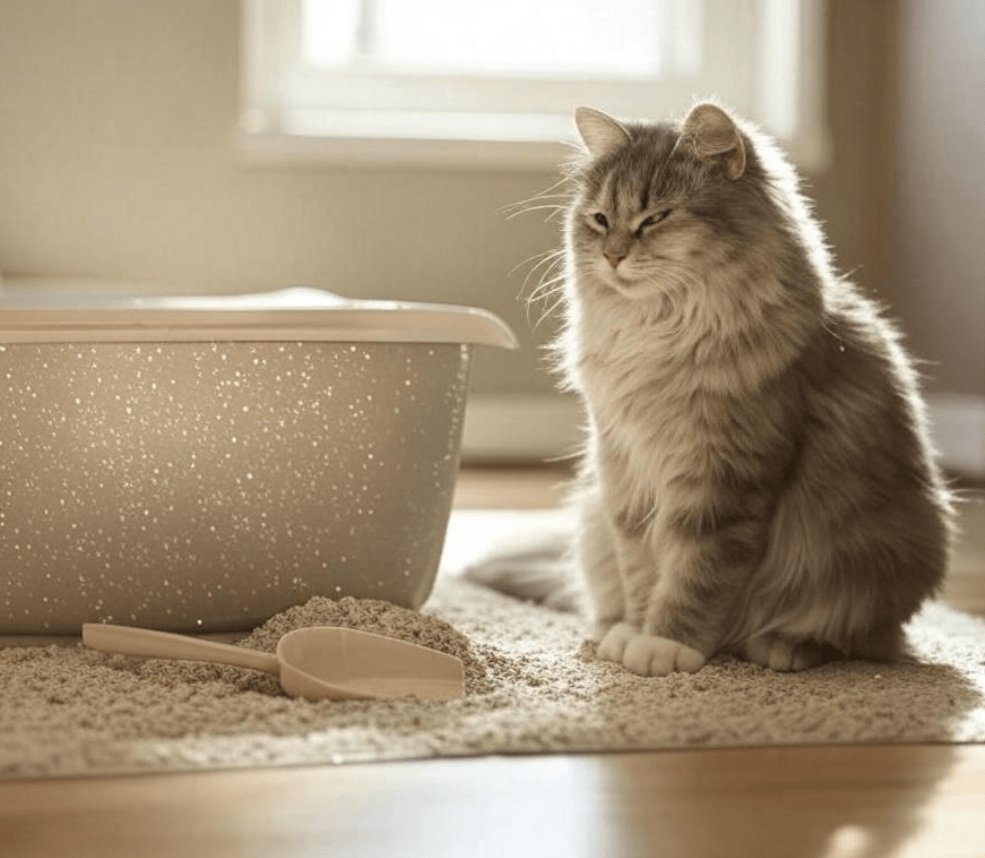
The key to cat health and home cleanliness depends on the correct frequency for changing cat litter. Multiple factors define how often you need to replace the litter including which type you select and both the number of cats and their overall health status.
Replace clumping litter once per month while non-clumping types need changing 1–2 times weekly and silica gel litter has a life span of 4–6 weeks. Check when your cat’s litter box requires cleaning and clean it every day to provide a fresh and attractive space for your pet.
Following these steps and watching your cat will help you keep the litter box clean, odorless, and pleasant for your cat to use. Happy cat parenting!

